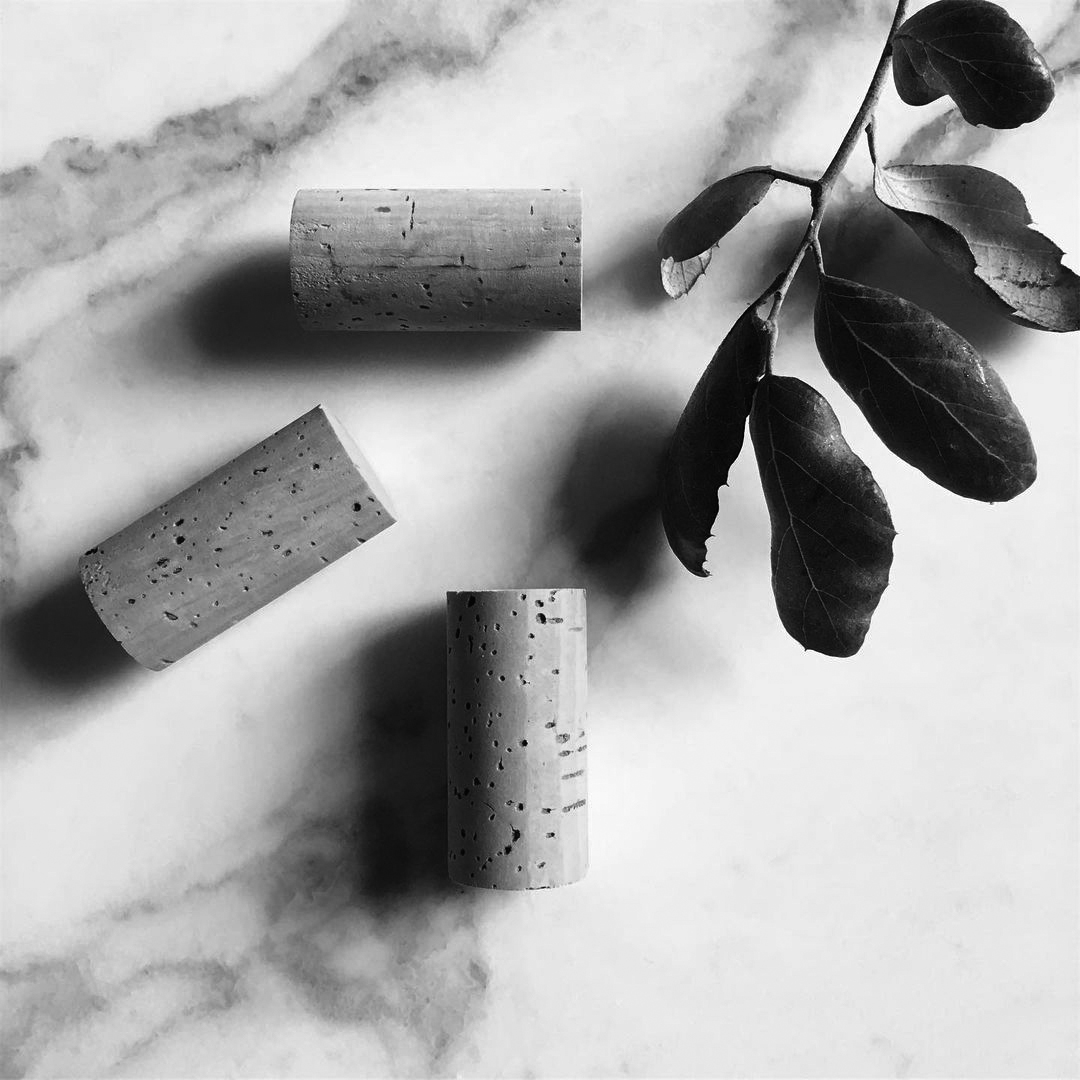
SUSTAINABILITY
We have calculated our carbon footprint
We are not looking for the most spectacular figure, but the one that best adjusts to reality
September 2022
The wine sector wonders how it is that the different companies in the cork sector give such disparate figures in their calculation of the carbon footprint. This wide disparity can lead to confusion, even cause suspicion towards the entire sector.
Our director of Sustainability and Innovation, Raquel de Nadal, comments that “due to demand from wineries, various companies in the cork sector have published, over the last few years, a carbon footprint value for their corks, but only from a commercial point of view, and the results differ a lot between them, so, when at J·Vigas we set out to calculate our carbon footprint, it was from a point of view of continuous improvement and in accordance with oursustainability strategyfollowing the Sustainable Development Goals and the 2030 Agenda”.
Preparation of the study
Together with the Catalan Cork Institute Foundation (ICSuro) and the ReMa Engineering consultancy, we have prepared the calculation of the carbon footprint, in which the production process has been analyzed at the different company headquarters until the end of the useful life of the product.
The study has been prepared following the guidelines of the UNE-EN 14067:2018 Greenhouse gases. Carbon footprint of products. Requirements and guidelines for quantification and meets the requirements of international Life Cycle Analysis (LCA) standards UNE-EN ISO 14040:2006 and UNE-EN ISO 14044:2006.
J·Vigas has compiled all the necessary data, which has been analyzed by ReMa Engineering, with the collaboration of ICSuro.
The environmental analysis has been carried out using the LCA methodology standardized in the series of standards ISO 14040. In addition, UNE-EN 14067:2018 document has been followed in order to meet all the necessary requirements to correctly calculate the carbon footprint.
The study concludes that the J Vigas production process has an impact of 24.07 grams of CO2 per cap.This is the number that for us is strategic, because it is where we can influence to reduce it. Being able to identify the stages of the cap life cycle with the greatest environmental impact helps us promote improvement actions, optimizing our production process through a Sustainability Plan.
Carbon footprint before the production process
To find out the carbon footprint of cork before entering the production process, ICSuro has analyzed different existing studies on carbon retention in cork oak forests, specifically studies on Montero, G. et al. (2005); Pereira, J.S. et al. (2007); Gracia, C. et al. (2010); Costa-e-Silva, et. Al. (2015) and Spampinato, G. et. Al. (2018).
These studies propose carbon sequestration figures for cork oak forests between -1.9 and 11.0, tons of CO2 per hectare and year. At an informative level and for greater objectivity, the average of the different results has been taken as a reference, that is, -4.8 tons of CO2 retained by each hectare of cork oak forest in one year.
In order to obtain a more precise result, ICSuro has also analyzed the environmental services that the cork sector represents in relation to cork oak forests. Rives, J. et. al. ‘s study was taken as a reference (2013) , which estimates that the cork sector represents 28% of the economic value of these environmental services, so the cork sector should not be awarded all the tons of CO2 retained by the cork oak forests but only 28%. The study of Sierra-Pérez, J. et al. (2015) considers that, from one hectare, an average of 107 kg of cork are extracted per year (annualized average of a harvesting period), of which 70% is cork suitable for making stoppers.
Taking all these considerations into account, before entering the production process, each cork stopper for still wine fixes -69.12 gCO2.
Conclusions
If we add this figure (-69.12 gCO2) to the result of the study of the J Vigas production process (24.07 gCO2), the result is thateach plug manufactured by J·Vigas retains -45.05 grams of CO2.
If we take as a reference the data of the most interesting studies at a commercial level (the -11 tons of CO2 per hectare instead of the average of -4.8, a greater use of cork and ignoring the percentage of 28% of environmental services), the result for J Vigas would be that every stopper retains -380.39 grams of CO2.
However, we consider the figure of -45.05 gCO2 much more real because it meets stricter criteria at a scientific level, although at a commercial level it is not as spectacular.
There is no UNE standard that harmonizes a calculation method for the carbon footprint, so our purpose, beyond its value, has been to developa calculation that can be used for future standardization, with the aim of responding to the demand of the wine sector.
